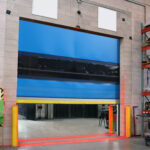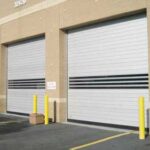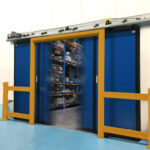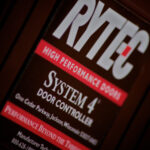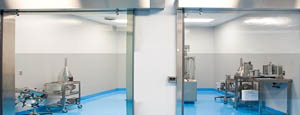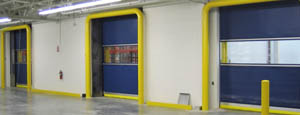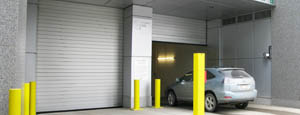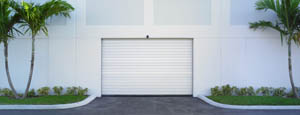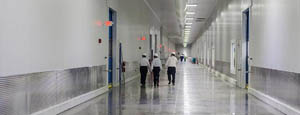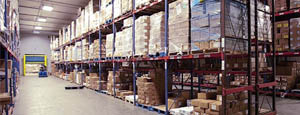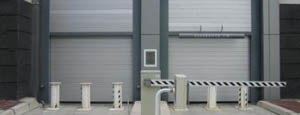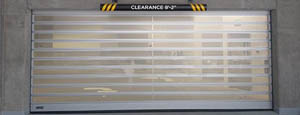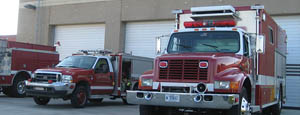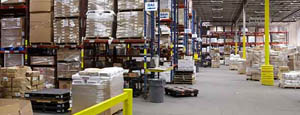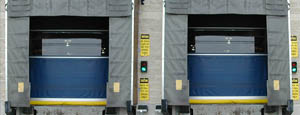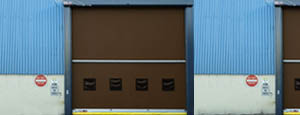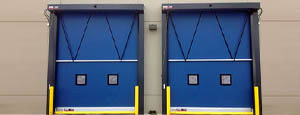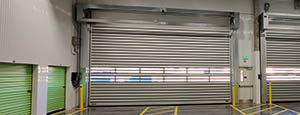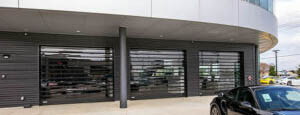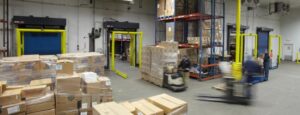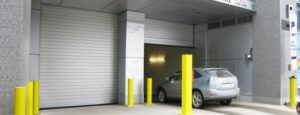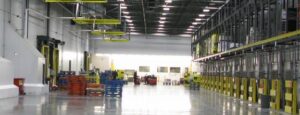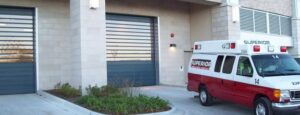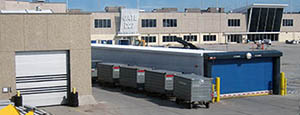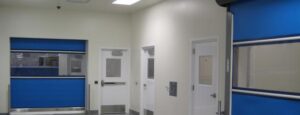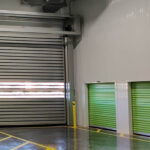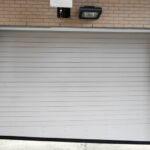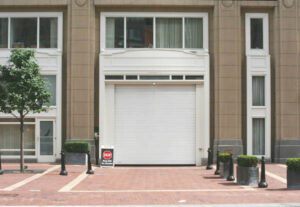 For decades, the urban parking market had nowhere to go but up. As cities have grown, parking space has ballooned to meet growing demand. According to Donald Shoup, an urban planner and parking research pioneer at the University of California – Los Angeles, the U.S. currently has somewhere between 700 million to 2 billion parking spaces.
For decades, the urban parking market had nowhere to go but up. As cities have grown, parking space has ballooned to meet growing demand. According to Donald Shoup, an urban planner and parking research pioneer at the University of California – Los Angeles, the U.S. currently has somewhere between 700 million to 2 billion parking spaces.
The global pandemic, combined with workplace and technology changes, has caused quite a bit of change in the world of parking facilities. The continuing growth of parking demand is uncertain, and more change is likely on the way, fueled by societal and work changes.
Here are some of the parking structure trends that commercial building architects need to keep in mind, along with their potential implications.
Vehicle ownership trends
During the pandemic, car ownership in cities temporarily spiked, as a large number of workers decided that traveling alone in a car was much safer than taking public transportation. Now that COVID-19 is largely behind us, things seem to be returning to normal. A growing number of companies are requiring their employees to return to office work. Freeways are busy once again.
Balancing out this trend, however, is technology. Instead of owning vehicles, a growing number of city dwellers are opting for ride-sharing services like Lyft and Uber or vehicle-on-demand services like Zipcar.
Implication for high-performance doors: If more drivers start using vehicle-on-demand services, access control systems like keycards and fobs may get a second life. Why? Because users such as residents need consistent access to the parking structure, but the vehicle they’re driving may differ from day to day or week to week.
Self-Driving and Self-Parking Cars
As the technology for autonomous vehicles continues to advance, parking structures will need to be designed to accommodate self-parking cars. This will require facility doors, access control systems and parking space management networks to communicate with each other to monitor open spaces and guide autonomous vehicles to them.
Implication for high-performance doors: Parking structure doors will need to become smarter to recognize self-parking vehicles when they arrive at the door, so they can open to let them enter and leave the facility.
Automatic License Plate Recognition (ALPR)
Automatic license plate recognition, pioneered by highway tolling systems and intersection cameras, has made its way to parking structures. Instead of providing users with key fobs, cards and wireless solutions for access control, sensors can now read each vehicle’s license plate, compare it to a database of known users, and provide or deny access accordingly. ALPR systems could also be used to manage payments for fee-based parking.
Implication for high-performance doors: Parking structure doors will need to be integrated with these ALPR systems, so they only open when the license plate number matches the record of a user in its database.
Integrating Parking Structures with the Environment
Increasingly, building owners and architects are looking for ways to transform parking facilities from big, plain concrete boxes to beautiful structures that harmonize with their surroundings. Solutions already being implemented include building parks and soccer fields on the roofs of parking structures and transforming their facades into colorful works of art.
Implications for high-performance doors: This trend will require parking structure doors to be color-coordinated with their bold designs. To coordinate with these serene themes, high-performance doors should open and close quietly and efficiently.
Two-Tiered Access Control
As the number and variety of mixed-use buildings continue to increase, building owners should consider providing separate areas for permitted parkers and guests. This will enable each group to park with maximum convenience. It will also help to make tenants feel safer.
Implication for high-performance doors: The access control for your parking facility’s high-performance door needs to enable you to set up a multiple profiles with different access dates and times. For example, anyone visiting stores or offices would be able to use the parking structure between 7:30 am and 6:00 pm, while residents would have 24/7 access.
Repurposeable Parking Structures
Increasingly, architects are designing parking structures with “flat plate” floors and speed ramps, instead of tilted floors. This makes it easier to repurpose the structure into apartments, offices or other uses with minimum modification.
Some parking structures are also being designed with extra-tall floors to “future-proof” them for the addition of car stacking systems, or to provide dedicated parking space for bicycles, which are a popular mode of transportation in some cities. And, of course, charging stations are popping up in parking structures everywhere to meet the needs of electric vehicle drivers.
Implications for high-performance doors: An AI-enhanced door security system like Rytec’s SmartSurround® could be programmed to recognize bicyclists when they arrive at the door threshold. Combined with some other type of access control, authorized users with non-traditional vehicles such as bicycles and scooters could be permitted to enter the facility.
What’s Next for Parking Structures?
Architects recognize that the future of personal transportation and urban parking is both exciting and uncertain. These unique solutions provide them and building owners with greater flexibility, no matter which way social, demographic and technology trends take us. No matter what the future holds, high-performance doors will play a big role in providing access, security and efficient operation.
Learn more about all Rytec high-performance doors designed for a variety of parking applications.

